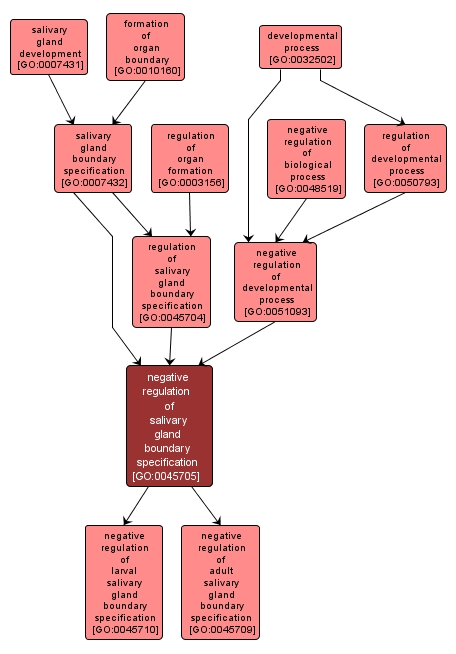GO TERM SUMMARY
|
| Name: |
negative regulation of salivary gland boundary specification |
| Acc: |
GO:0045705 |
| Aspect: |
Biological Process |
| Desc: |
Any process that stops, prevents or reduces the frequency, rate or extent of salivary gland determination. |
Synonyms:
- down-regulation of salivary gland determination
- inhibition of salivary gland determination
- downregulation of salivary gland determination
- down regulation of salivary gland determination
- negative regulation of salivary gland determination
|
|

|
INTERACTIVE GO GRAPH
|














